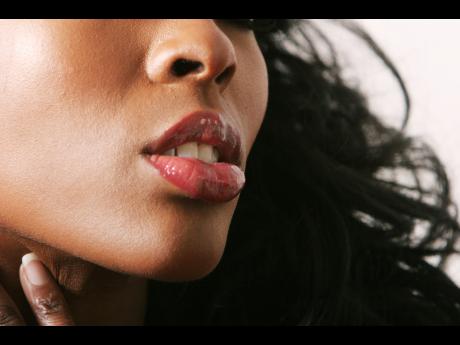Platelet-Rich Plasma – the wonder treatment for looking younger
There is an exciting, natural, safe, non-surgical treatment for wrinkles and fine lines, hair loss, wound healing and pain management called Platelet-rich Plasma (PRP).
Here are some facts about this treatment:
What is Platelet-Rich Plasma (PRP)?
The treatment involves the collection of a small amount of your blood in a test tube from which your own plasma is derived under sterile conditions. PRP is enriched with platelets, stem cells and growth factors. Once injected into your skin, these substances will speed up the normal healing process via new collagen formation at the injected area. This process leads to long-lasting tissue rejuvenation by your own cells. PRP has been widely used for many years in plastic surgery, orthopedics, dentistry, soft-tissue implants, and other types of implants.
What does the
procedure involve?
Ten to 20 minutes prior to treatment, your physician will draw 10 to 20 millilitres of your blood, using a standard procedure, causing minimal pain (like taking a standard blood test). Thereafter, a machine will separate the blood into its ingredients in a sterile manner. PRP is injected below the surface of the skin in the area of fat loss, hair loss, stretch marks, scars and/or wrinkles. PRP provides a gradual increase in skin thickness. Visible results appear after the first treatment session and continue to improve and rejuvenate over weeks to months.
How many treatments
are required?
Your health-care provider will decide the appropriate number of treatment sessions and the amount of PRP you will need at each session. Typically, two to three treatment sessions four to six weeks apart will be required for best results. Depending on the condition, up to six treatments may yield even better results.
How long do treatment results last?
Once treatments are done and new collagen has formed, further ageing or deterioration of tissue depends on the genetics and lifestyle of the individual. That is, your biological clock has been reset to a younger-looking age and the rest depends on you. Results can, therefore, be long-lasting with some people opting for touch-up treatments after a few years to maintain the desired effect.
Do PRP injections hurt?
Injections with PRP use very tiny needles so the pain is minimised. PRP is injected in small amounts using a very fine needle or blunt cannula. Your healthcare provider may apply a topical or local anaesthetic.
What can be expected after treatment?
Immediately following a treatment session with PRP, redness, swelling, pain, bruising or all of these signs can happen in the treatment area. These signs usually go away in a few hours to a few days. Your health-care provider will give you specific post-treatment-care instructions.
Who should not use PRP?
Patients who experience the following conditions should not use PRP: platelet dysfunction syndrome, critical thrombocytopenia, hypofibrinogenaemia, haemodynamic instability, sepsis, acute and chronic infections, chronic liver pathology and anti-coagulation (blood-thinner) therapy.
PRP has been used safely for many years worldwide and is now available right here in Jamaica.
- Dr Arusha Campbell-Chambers is a dermatologist and founder of Dermatology Solutions Skin Clinics & Medi-Spas; email: yourhealth@gleanerjm.com

